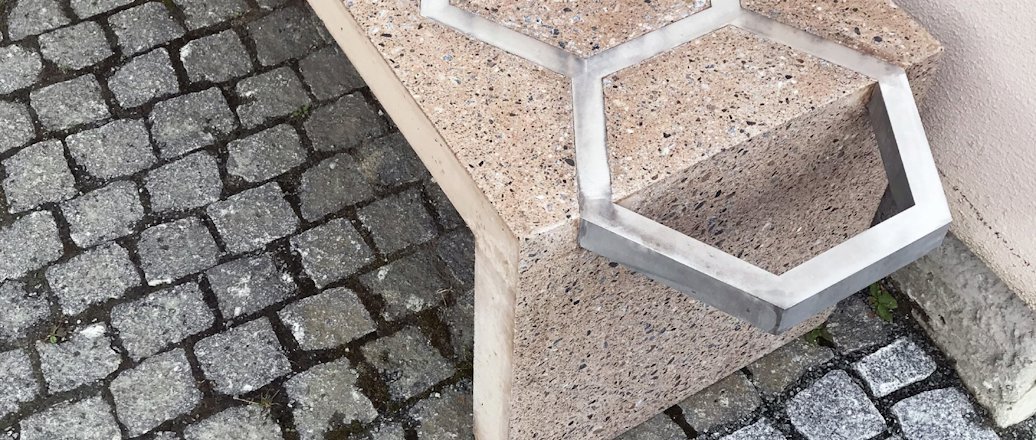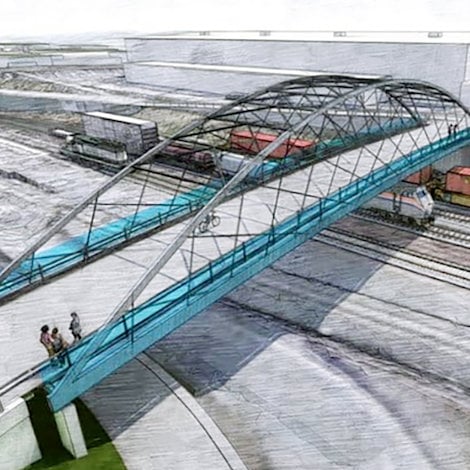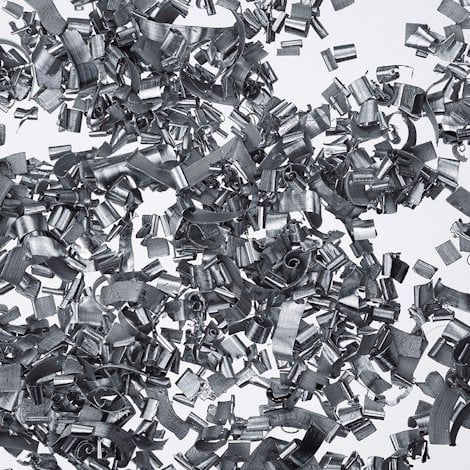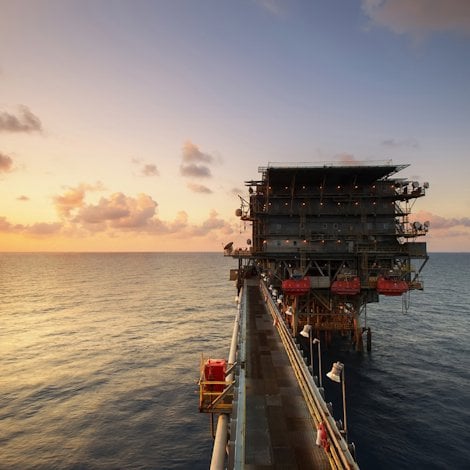How aluminium can help solve cement's sustainability challenge
With concrete made of a new type of cement and reinforced with aluminium, you could build slimmer concrete structures and open a new world of design opportunities. Such a material might also just solve the cement industry’s carbon dioxide challenge. Let me explain.
Cement production is responsible for 7 percent of the world’s carbon dioxide emissions, and is still considered one of the world’s major CO2 challenges. How can we reduce these emissions?
Let’s start by looking at the material that is traditionally used as reinforcement in concrete: steel.
Steel-reinforced concrete has a large carbon footprint
Steel has this role because the pH of ordinary cement is so high that aluminium corrodes. Steel is also strong. But the metal has some inherent weaknesses, too.
Steel corrodes when in contact with seawater and CO2 from the air. If air and water reach the steel and the steel corrodes, then the concrete will crack. So the steel reinforcement must be covered by denser and thicker concrete for protection. Bottom line is that common concrete structures only last as long as the concrete can shield the steel from external influences.
Steel-reinforced concrete is also a laggard with regard to carbon footprint. This is because steel allows only use of ordinary cement, and ordinary cement has a high carbon footprint. In addition, because more concrete is required, you get structures that are over-dimensioned.
More concrete, more CO2 emissions.
Durable aluminium-reinforced environmentally friendly concrete
As I mentioned, the pH of ordinary concrete is so high that aluminium corrodes. It does not corrode, however, at lower pH values. Now what if this mixture was changed?
Indeed, new research conducted in Norway by a consortium of research institutions and relevant businesses has shown that aluminium can be used as the reinforcing metal in concrete with a new cement mixture that is not as alkaline as traditional concrete. One of the secrets is that the mixture uses less calcined limestone.
It appears that this mixture can create a load of benefits that are good for just about everybody.
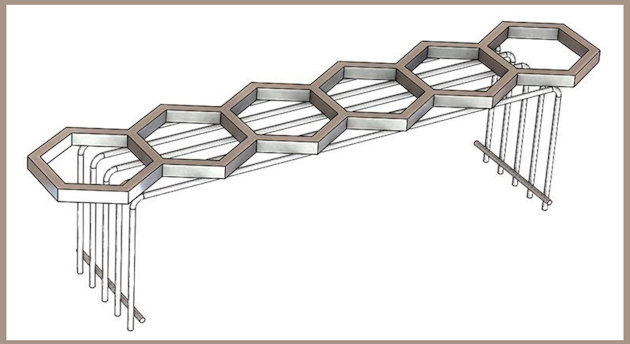
Environmental benefits from aluminium-reinforced concrete
Using aluminium as reinforcement opens up for the use of binders, which steel cannot withstand. This results in far less CO2 emissions compared with traditional cement. More than half of the cement is replaced by ordinary clay and other binders that do not decompose CO2 like the cement clinker does, and is burned at lower temperatures. In turn, this reduces huge amounts of energy and emissions.
Aluminium has a natural surface layer of oxide that protects itself against corrosion, so it can resist and endure air and seawater far better than steel. This makes the concrete maintenance-free and with a longer lifetime than today’s structures. Because it doesn’t need the protection as steel does.
This gives you more options when it comes to designing concrete structures, since less concrete is needed. It enables slimmer concrete structures, again reducing CO2 emissions.
More porous concrete when aluminium is used as reinforcement
You can also use more porous concrete when aluminium is used as reinforcement. Because of this it can absorb and store CO2 from its surroundings during the use phase.
There are also a number of other advantages, such as:
- The new cement can be blended with seawater, which is a huge advantage in places with limited access to freshwater
- It allows for the use of calcium chloride, the best accelerator of hydration in concrete
More research about aluminium-reinforced concrete is needed
When will aluminium-reinforced concrete be on the market? It is difficult to say.
This is still a research project with many months to go and many more questions that need answering. But if the research is successful, then aluminium could help solve one of the world’s major CO2 challenges and help you with yours. I will keep you informed of the progress.

